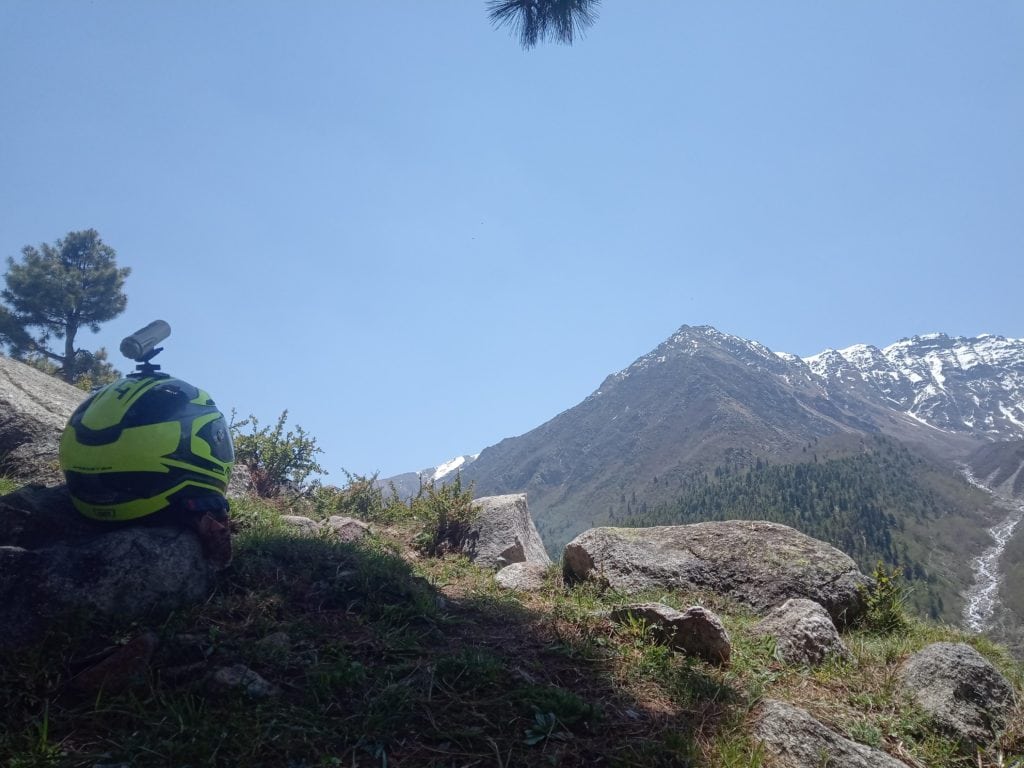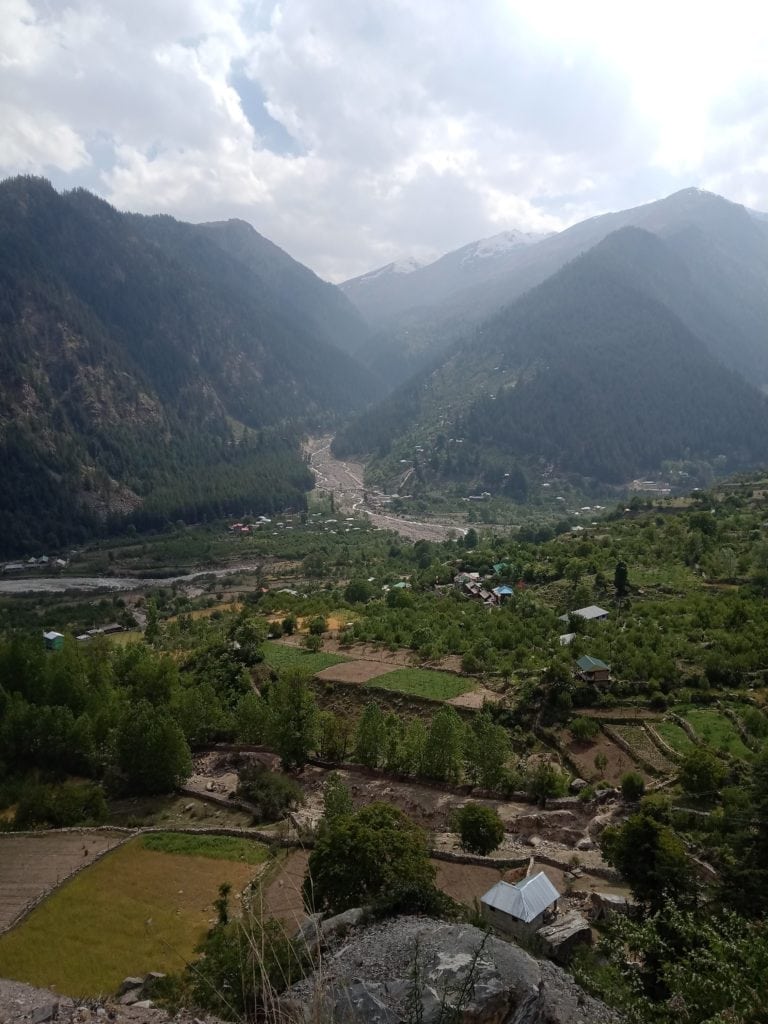Why Riding In The Himalayas Is So Different From Riding In The Rest Of India
India. A land of many weathers, terrains, and peoples. This country has such a varied landscape and ecology that it deserves to be its own independent continent. A long coastline courtesy of the peninsular layout of the country, a desert to the west which got separated by the Indus river delta, a multitude of rivers crisscrossing the length and breadth of the country, verdant forests dotting the landscape, and last but not the least, multiple mountain ranges including the Sahyadri, Nilgiri, Satpura, and the Himalaya, tallest of them all and the tallest in the world.
There are 25 major mountain peaks in the world, 19 of which call the Himalaya home. The five tallest peaks are also situated in the tallest mountain range on this planet. To put things in perspective, Mount Kilimanjaro, the tallest mountain in the African continent rises 19,314 ft above sea level. Border Roads Organisation India recently constructed a restricted access mountain pass in the Himalaya that lies at a height of 19,300 ft above mean sea level. The mountain pass is called Umling La and is currently accorded the honour of the highest motorable road in the world.
Motorcycle Riding In The Himalayas

So what sets the Himalayan experience apart from the rest of the places India has to offer? Surely other mountain ranges in the country are also equally challenging? The answer is two-fold. Firstly, the geology of the Himalaya is vastly different from the other ranges owing to the fact of these mountains being pushed up above the sea due to tectonic activity. The Himalaya are still changing with some peaks sinking and others rising.
When the Himalayan meets the Himalayas
Due to the constant unstable tectonic activity, mineral-rich strata of the Earth’s crust has been raised to the surface to form these massive mountains. None of these minerals or pure elements support the growth of plants and greenery. Whatever flourishes in the Himalaya is usually next to a mountainous river basin. This makes the Himalaya the highest desert in the world.
This leads us to the second part of the answer. Owing to the sheer altitude the mountain range commands over the surrounding terrain, weather is a volatile element in the Himalaya. Rivers are prone to flash floods, valleys are prone to cloudbursts, and meltwater from the many glaciers dotting the mountains regularly disrupts the lives of the natives and travelers that abound this place. Add to that the height of almost all notable places above sea level, and you have to add another layer to the mix: altitude sickness. At around 11,000 ft and above sea level, the air begins to get thinner leading to low oxygen levels.
The smallest mountain pass in the Himalaya is the Jalori pass in Himachal Pradesh which sits more than 9,000 ft above sea level. Two of the more popular mountain passes, Zoji La in Jammu & Kashmir as well as Rohtang Pass, also in Himachal Pradesh are more than 13,000 ft in altitude. So trouble brews early in these mountains.

Additionally, due to sparse tree cover on the steep and tall sides of the Himalaya, the entire mountain range keeps throwing up random landslides all over. Some are little more than a clump of shooting rocks while others are so massive the Indian Army and BRO needs four to five days to clear the road of the debris. The weather is generally cold up there which leads to blizzards that can snow in critical routes for days on end. Indeed, an entire valley (Spiti) lies out of bounds to outsiders for six months of the year due to snow blocking access.
As a final challenge, the Himalaya acts as a natural border between China and India, with half of Jammu & Kashmir currently occupied by Pakistan, making border roads a very volatile location. The roads have been theatres of battle in the past, with monuments to the losses erected in Kargil and Rezang La.
Despite all of the above factors that seem to be against the idea of a good time on a ride through these mountains, the Himalaya still attracts more and more visitors every year, from India as well as the entire world. One of the biggest reasons why the mighty mountains attract so many visitors is the sheer size of each one of these proud structures.
Struggling through treacherous, life-threatening terrain, braving inclement weather, side-stepping freak natural calamities that regularly occur throughout the range, when you reach your destination and finally get to gaze at the mountains, you are awed and humbled by their commanding yet welcoming presence. You know you will never see anything as massive as the Himalaya anywhere, at least not on this planet.

During our childhood days, we would draw outlandish shapes for landscapes and colour them equally weirdly, never knowing the fact that such places do exist on the Earth. But they do. The Himalaya is a kind of mountain range that does not conform to a set pattern when it comes to geological formations. You can see red rocks somewhere, while huge conical sandstone formations will welcome you in another part of the range.
Due to their massive dimensions, these mountains also influence the play of light and shadows around them, leading to new and unique views each day. While it has to be experienced to be believed, the Himalaya does really hypnotise with its raw, unparalleled beauty. You cease to acknowledge the fact that this place is in fact, a desert.










